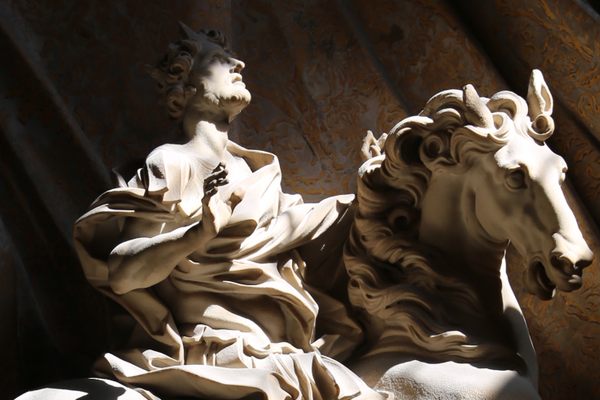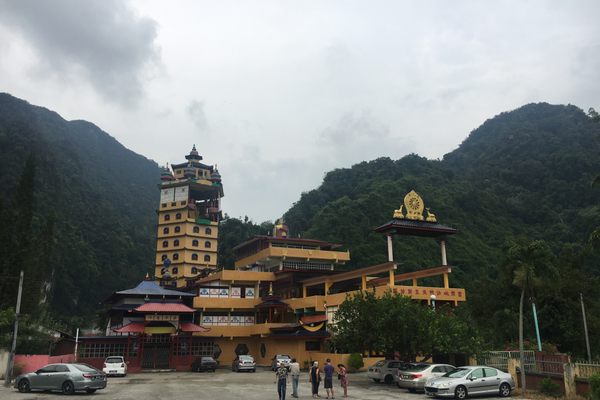About
This wooden statue towers within a thicket of trees. It depicts Peko, an Estonian and Finnish god of crops. Peko is particularly associated with beer, as he’s strongly linked to barley and brewing.
Peko is still celebrated by the Seto people, an indigenous ethnic minority in Estonia. The Seto also view the god as a hero and king who has come to symbolize the Setomaa region, which straddles part of the border between Estonia and Russia.
The local folk religion managed to exist alongside Orthodox Christianity for centuries. People held nighttime rituals and festivities and hid Peko statues in their granaries. Though its followers had dwindled by the early 20th century, the fall of the Soviet Union put the old religion and Peko back in the spotlight.
When the current border between Russia and Estonia was set, it sliced through Setomaa, threatening to divide its native people. The locals revived their folk religion customs and added some new ones as well. They declared Peko King of the Setos and now hold yearly celebrations to elect a vice-king and queen, who are said to communicate with the god in their dreams.
This statue of Peko stands atop Jumalamägi, which the Seto believe is a sacred hill. Legend says the hill is where God arrives with a horse-drawn wagon to ferry the souls of the dead to Heaven. People visit the hill and the Peko icon to get blessings for themselves, their families, and their friends.
Related Tags
Know Before You Go
Kolossova is best reached with your own transport. One road also cuts through the Saatse Boot (https://www.atlasobscura.com/places/saatse-boot). The statue is located on a hill close to a bus stop.
Statues of Peko can also be found in other places in this area (Värska Health Resort, Saatse Museum, Seto Farm Museum, Ulitina village center). The one in Jumalamägi is said to be the most powerful, an Energy-Peko.
Published
April 16, 2018

























